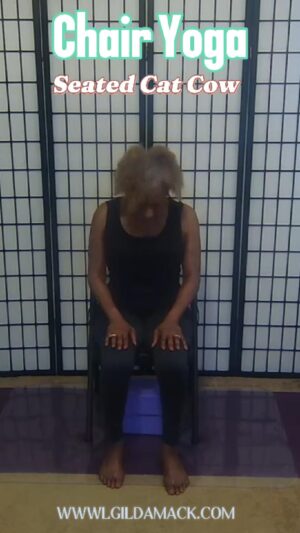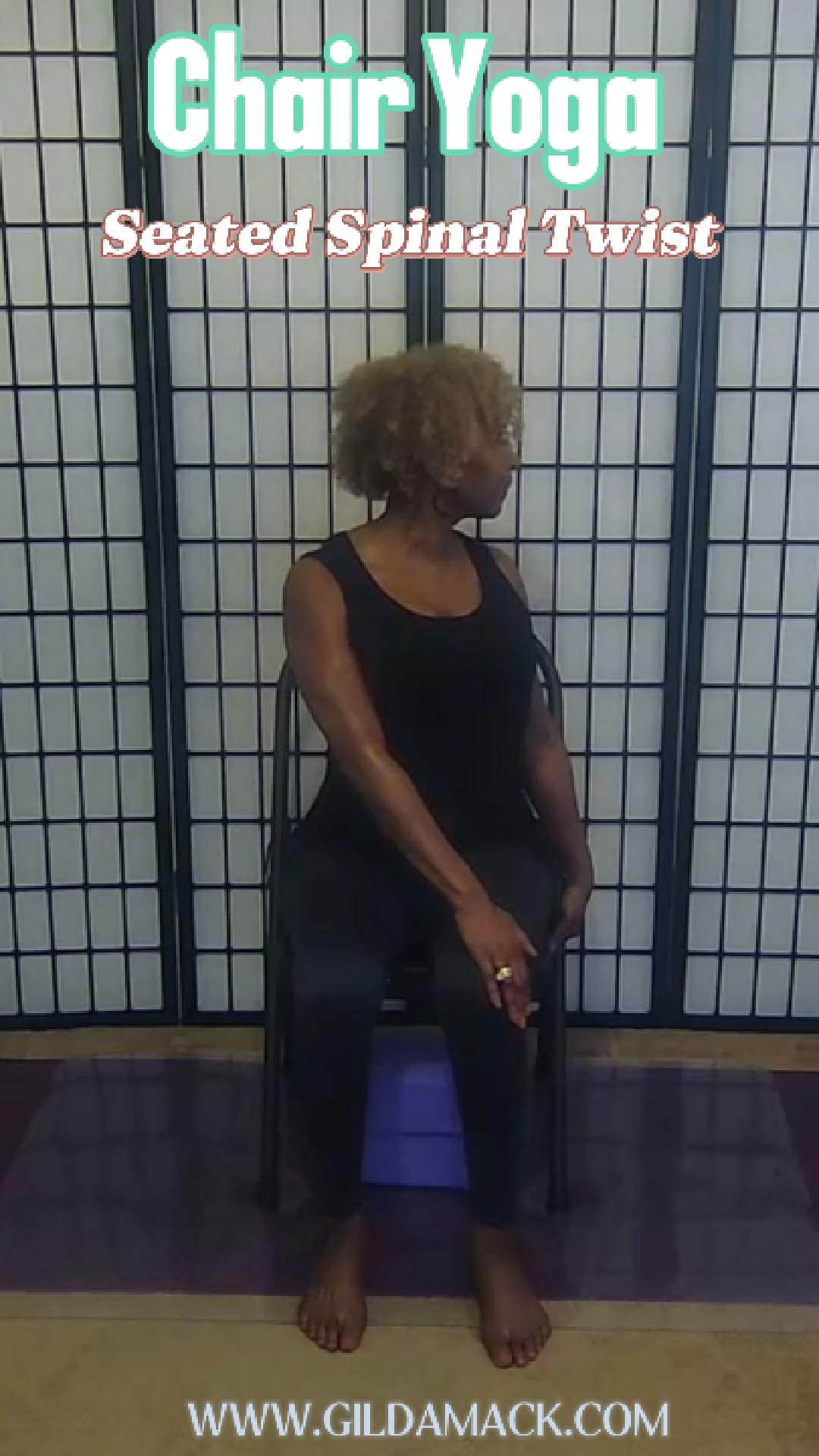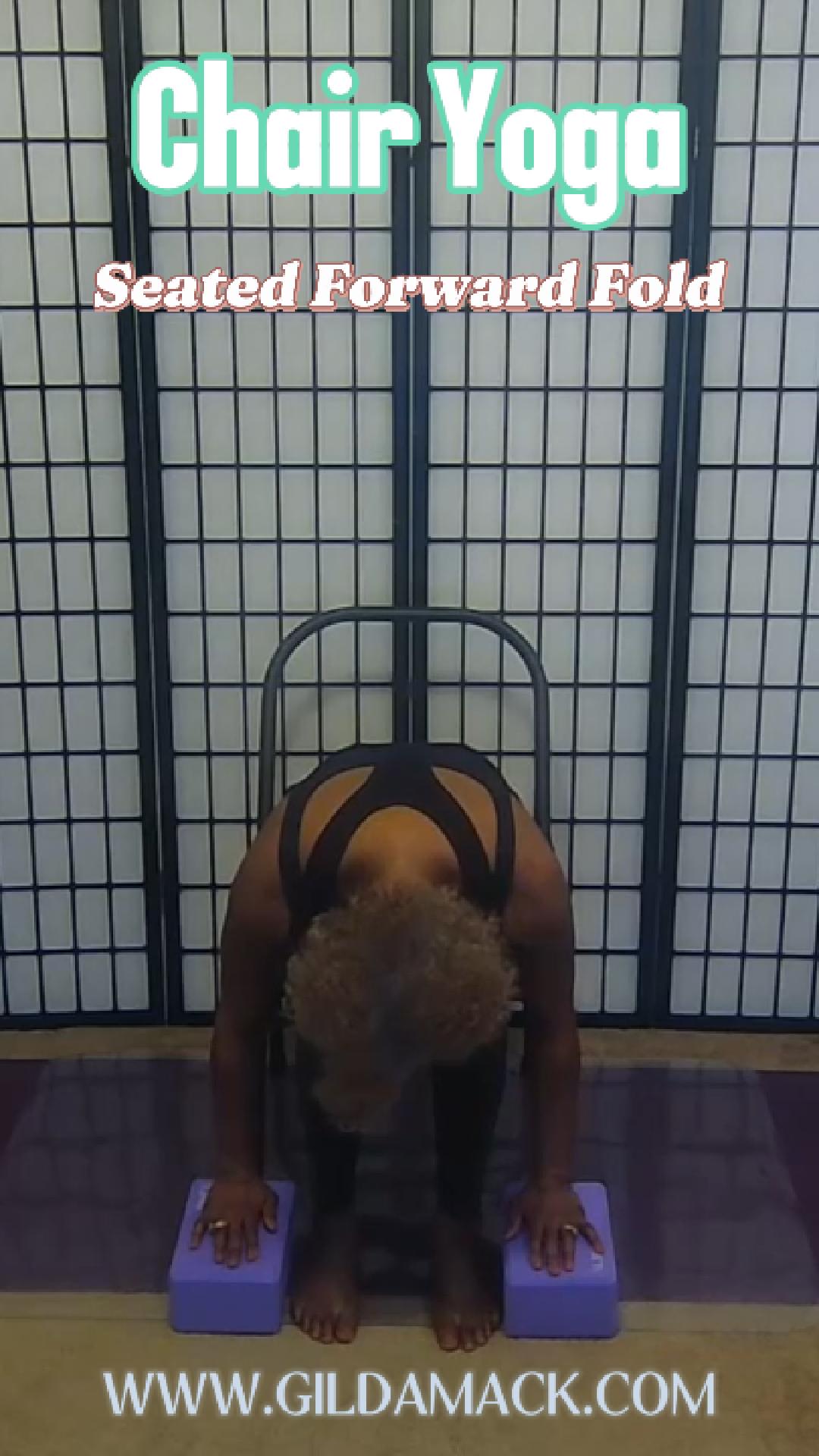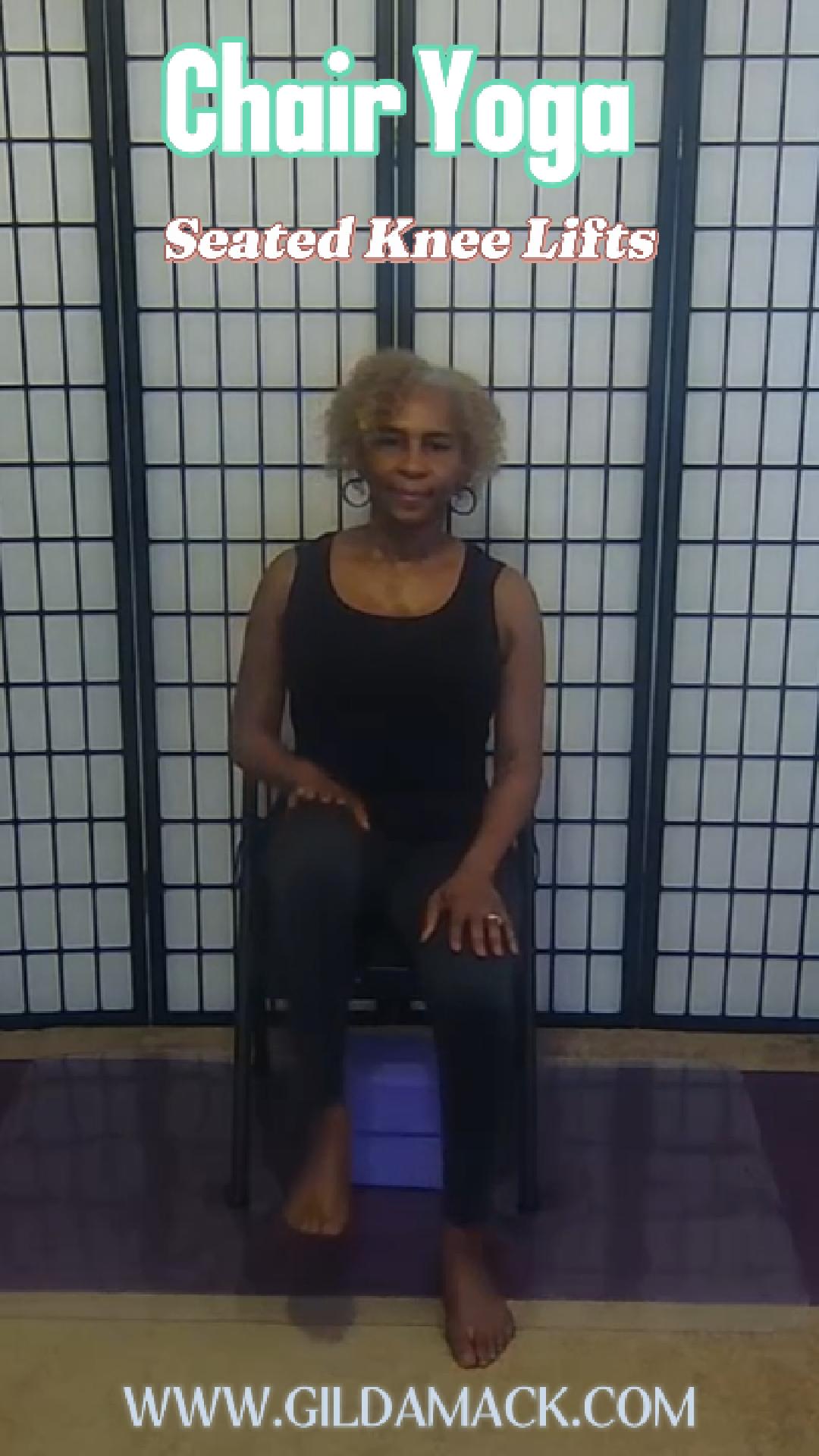As you age, you might notice that digestion isn’t as efficient as it once was. Gentle yoga can be a beneficial practice to enhance digestive health after 50. By incorporating specific poses into your routine, you can stimulate your digestive organs and promote overall well-being.
Why Digestion Slows as We Age

As you get older, your digestion can slow down due to several factors.
The body undergoes changes like decreased metabolism and reduced muscle tone, impacting how efficiently your digestive system functions. Hormonal shifts can alter gut motility, making it harder for food to move through your intestines.
Additionally, you may notice a decline in enzyme production, which affects nutrient absorption.
Lifestyle choices, such as decreased physical activity and dietary changes, can also contribute to slower digestion.
Stress and insufficient hydration can further exacerbate these issues.
Understanding these factors is crucial in finding effective ways to support your digestion as you age, ensuring you maintain a healthy lifestyle while serving others in need.
Yoga’s Role in Digestive Mobility

While many people overlook the connection between yoga and digestive health, adding gentle yoga poses into your routine can significantly enhance digestive mobility.
Yoga encourages movement in the body, stimulating the digestive system and promoting the flow of energy. Poses that involve twisting or gently compressing the abdomen can help massage the internal organs, facilitating better digestion.
Additionally, focusing on your breath during yoga practice can reduce stress, which often negatively impacts digestion. By maintaining regular yoga sessions, you’re not just benefiting your body; you’re also nurturing your overall well-being.
As you explore these practices, consider how they can support not just your health but also the health of those around you, encouraging a more vibrant community focused on wellness.
5 Gentle Poses to Try Today
Interested in learning which poses can make a difference? Let’s explore five effective yoga poses that can support your digestion.
 Start with Cat-Cow stretches to warm up your spine and stimulate your digestive organs.
Start with Cat-Cow stretches to warm up your spine and stimulate your digestive organs.
The Cat-Cow stretch is a gentle, flowing yoga movement that warms up the spine and stimulates the digestive organs. This dynamic exercise involves transitioning between two poses: the “Cat” (rounding the back) and the “Cow” (arching the back).
The stretch is excellent for the spine because it increases spinal mobility, improves posture by releasing tension, and enhances the mind-body connection when coordinated with the breath. Internally, the Cat-Cow stretch massages abdominal organs, improves circulation to the digestive system, and can help relieve gas and bloating. Overall, it’s a simple yet powerful way to prepare the body for physical activity and support digestive health.
Next, Seated Leg Lifts, a simple exercise performed while seated, can aid digestion by gently compressing the abdomen. This abdominal compression may stimulate the digestive organs, potentially helping to move food and waste through the system more efficiently. The exercise is a low-impact way to promote digestive health, offering a gentle alternative to more vigorous workouts. In essence, the Seated Leg Lifts act as a light internal massage, encouraging the natural processes of digestion without requiring significant physical exertion.
 Spinal twists and side bends are effective yoga postures that can significantly benefit the digestive system. Spinal twists (or seated twists) involve rotating the torso, which applies a gentle squeezing pressure to the internal organs, particularly the stomach, liver, and intestines. This action is thought to help stimulate the movement of food and waste through the digestive tract, aiding in digestion and elimination. Furthermore, this twisting motion can help to detoxify the organs by flushing out stagnant blood and allowing fresh, oxygenated blood to flow in, thereby improving circulation.
Spinal twists and side bends are effective yoga postures that can significantly benefit the digestive system. Spinal twists (or seated twists) involve rotating the torso, which applies a gentle squeezing pressure to the internal organs, particularly the stomach, liver, and intestines. This action is thought to help stimulate the movement of food and waste through the digestive tract, aiding in digestion and elimination. Furthermore, this twisting motion can help to detoxify the organs by flushing out stagnant blood and allowing fresh, oxygenated blood to flow in, thereby improving circulation.
Side bends (or lateral bends) involve stretching the sides of the body, which can also lengthen and massage the internal organs, relieving tension and promoting better blood flow. Both of these movements contribute to a feeling of release, helping to alleviate bloating, constipation, and overall discomfort in the digestive tract, making them excellent choices for a healthier gut.
Lastly,  the forward fold is a valuable yoga pose that offers a multitude of benefits, particularly for digestion and relaxation. The gentle compression of the abdomen in a forward fold can stimulate the digestive organs, aiding in the smooth functioning of the digestive system and potentially alleviating issues like bloating and constipation. This pose is also renowned for its calming effect on the nervous system. By gently stretching the spine, hamstrings, and calves, the forward fold encourages a release of physical tension. This, in turn, helps to quiet the mind and promote a sense of inner peace, making it an excellent practice for stress reduction and overall well-being.
the forward fold is a valuable yoga pose that offers a multitude of benefits, particularly for digestion and relaxation. The gentle compression of the abdomen in a forward fold can stimulate the digestive organs, aiding in the smooth functioning of the digestive system and potentially alleviating issues like bloating and constipation. This pose is also renowned for its calming effect on the nervous system. By gently stretching the spine, hamstrings, and calves, the forward fold encourages a release of physical tension. This, in turn, helps to quiet the mind and promote a sense of inner peace, making it an excellent practice for stress reduction and overall well-being.
When to Practice
Finding the right time to practice gentle yoga can significantly enhance its benefits for digestion. Ideally, you should practice after meals to help stimulate digestive processes. Waiting at least an hour post-meal allows your body to settle, making your practice more effective.
Morning sessions can also be beneficial, as they prepare your body for the day and promote healthy digestion. Listen to your body; if you feel bloated or sluggish, a gentle yoga session can offer relief.
Consistency is key, so try to establish a routine that fits your schedule. Consider practicing in a quiet space where you can focus and relax, helping your mind and body align for optimal digestive health.
Bonus: Breathwork for Bloating
After establishing a consistent practice, you can enhance your yoga routine with breathwork specifically aimed at relieving bloating.
Start by finding a comfortable seated position. Inhale deeply through your nose, filling your belly and chest, and hold for a few seconds. Then, exhale slowly through your mouth, releasing tension and any discomfort.
Repeat this cycle for several minutes, focusing on your breath. You can also try diaphragmatic breathing by placing one hand on your abdomen and feeling it rise and fall.
This technique promotes relaxation and stimulates digestion. Incorporating breathwork into your routine can support your body’s natural processes and help you feel lighter.






